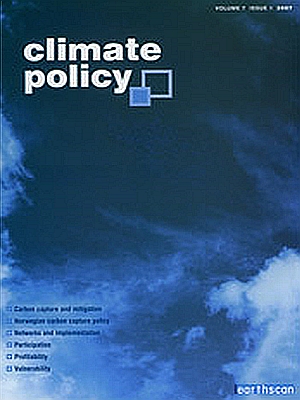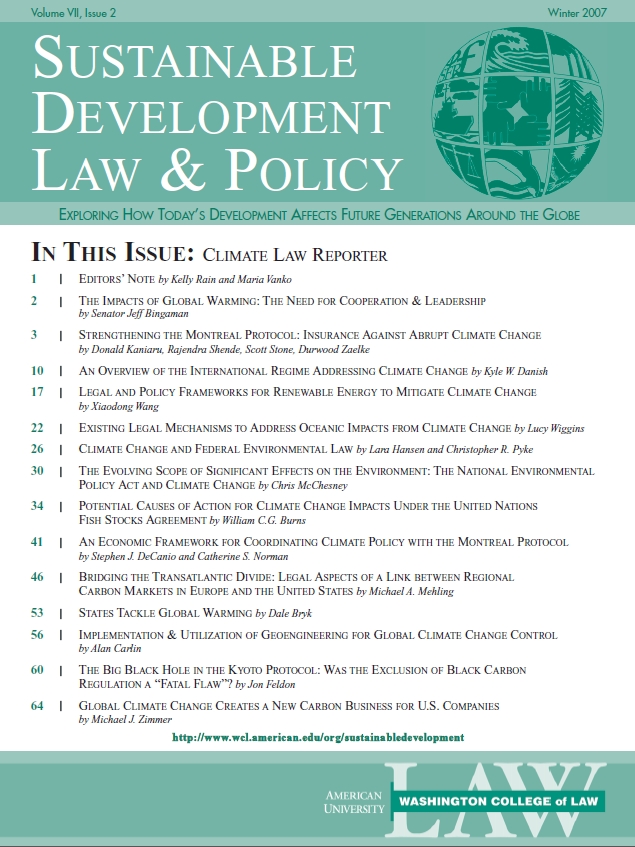Linking emissions trading schemes has currently attracted much interest as a means of reducing compliance costs, expanding market size and liquidity, and reducing price volatility. The US and Canada are developing federal emissions trading systems, and Mexico is developing an emissions cap for its cement and oil sectors. Strong economic ties imply that linking the systems could become desirable. Linking systems can have both positive and negative implications, but once the decision has been made, framework and policy harmonization is vital to establish and maintain a successful link. Michael Mehling of the Ecologic Institute in Washington, DC co-authored this article.
At present, the Canadian emissions' reduction target based on emissions' intensity is the biggest obstacle to bilateral linkages between the US and Canada. Moving to a system based on a hard cap in Canada would facilitate links between the systems. North American systems can expand on the present cooperation of regional systems and create bilateral linkages.
Linking emissions trading schemes has attracted much interest as a means of reducing compliance costs, expanding market size and liquidity, and reducing price volatility. The latest issue of Climate Policy exclusively addresses the challenges and prospects of linkages between emissions trading systems.
The article Linking Existing and Proposed GHG Emissions Trading Schemes in North America is available online.




